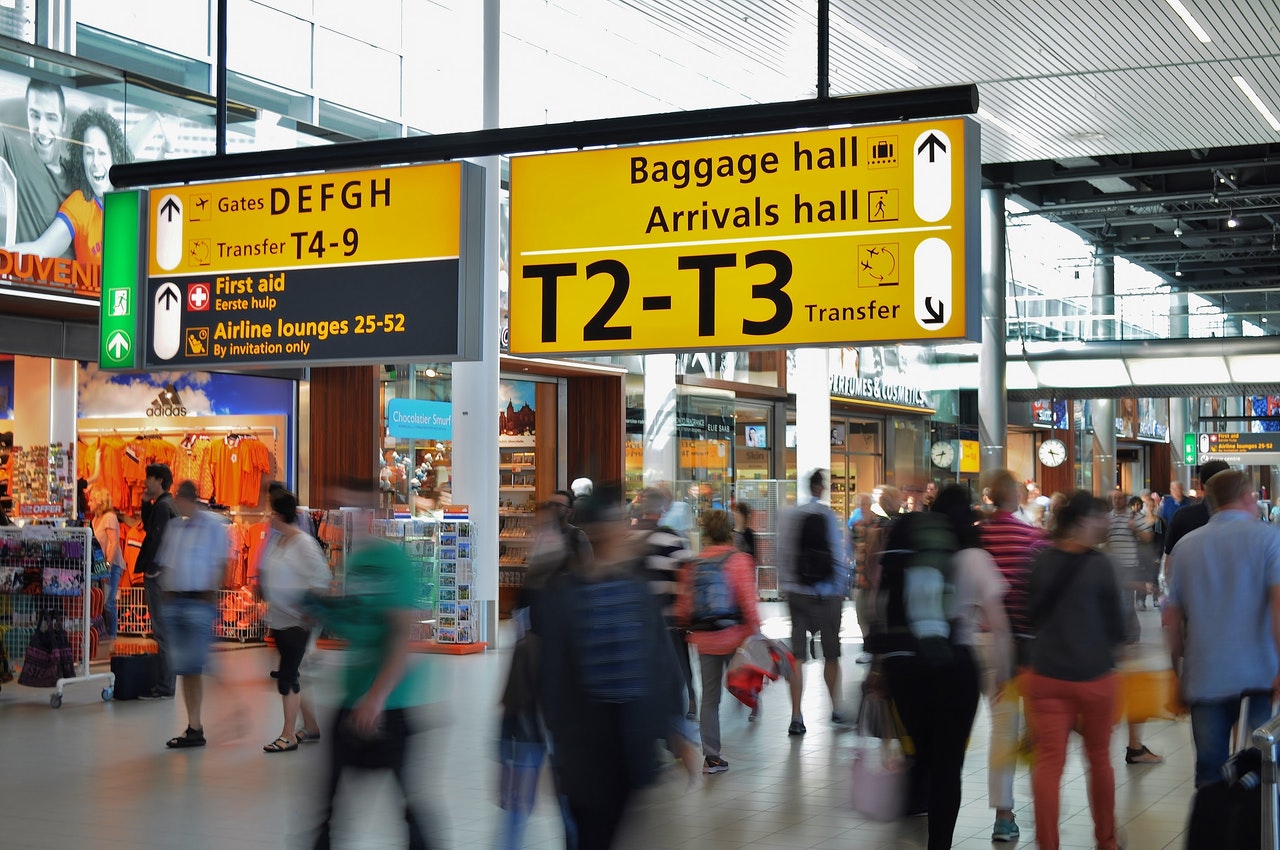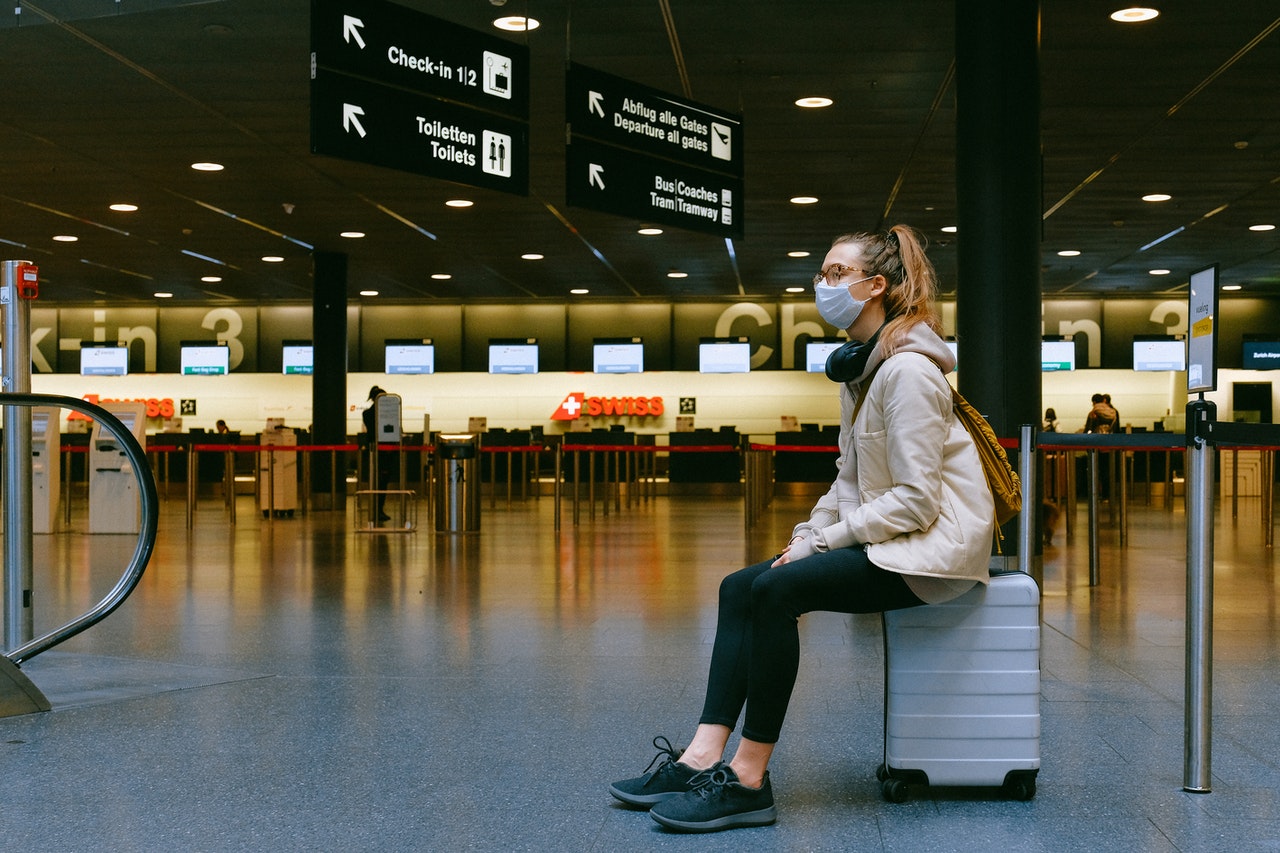How are airlines recovering since the pandemic?
It’s been a rough couple of years for the aviation industry. Last year, we spoke about all the post-pandemic challenges that airlines would face as it attempted to recover. But, after revenue across the industry fell by 60% during the pandemic, we knew it wasn’t going to be an easy journey.
Coronavirus hasn’t completely disappeared, but it seems like we’re certainly past the worst of it, leading many countries to completely remove travel restrictions. Yet with more than 10,000 flights to and from the UK expected to be cancelled over the summer period, passengers could find it more difficult to get abroad than they hoped. Let’s look at how the airline industry is recovering in 2022.

Passenger numbers are taking off
The number of global air passengers had been steadily increasing for years until early 2020. Countries closed their borders, people stayed inside, and a large majority of flights were cancelled. According to Statista, passenger numbers dropped over 60% in the space of a year during the pandemic but seem to be increasing quite rapidly.
Statista predicts that air travel will return to about 70% of pre-COVID activity by the end of 2022. Unfortunately for airlines, the International Air Transport Association (IATA) predicts that overall passenger numbers won’t return to pre-COVID levels until 2024. That will surely hurt the pockets of airline companies, but at least normality is on the horizon.
Business not as usual
Since we’re all so used to working remotely by now, it was expected that business trips would take longer to return to pre-pandemic levels; leisure travel would be the aviation industry’s saviour. The latest figures show this to be the case, with business travel currently only bouncing back to approximately 56% of pre-COVID numbers.
It’s hard to say when or even if business travel numbers will return to the heights of early 2020. Remote working is so commonplace – and international business travel so expensive – that many businesses are opting to simply video call a client on the other side of the world rather than sending people in person. In fact, a survey of 100 business leaders by the Institute of Travel Management (ITM) found that two-thirds of them thought business travel would not return to 2019 levels at all.

Prices are soaring
It probably doesn’t come as a surprise that flight prices are through the roof at the moment. Due in part to the period of high inflation we’re in, air fares have increased by 20-30% compared to the same time in 2019. In some rare cases, prices have been seen to shoot up by over five times the usual price. With fewer planes in the air, airlines are pushing up fares in order to aid their recovery, but not without a cost.
High prices are likely to scare off many flyers, especially as economists warn of an oncoming recession. If that does come to pass, we might not see air travel numbers return to pre-pandemic levels for a while as customers tighten their purse strings. Airlines must balance their need to recoup losses with the ability for people to afford flights. If they can’t find that equilibrium, their bottom line will suffer.
Staffing struggles
There were a lot of staff cuts during the pandemic, and now airports and airlines are finding it difficult to get them back. It’s been reported that airports all across Europe are struggling to keep up with the recent surge in air travel. Gatwick Airport is cancelling about 10% of its flights this summer due to staffing shortages. That might not sound a high percentage, but it adds up to thousands of cancelled flights, and more cancellations will undoubtedly happen across the world.
Many airport and airline staff report being overworked, and the stress has been so great that employees have taken to going on strike. Strikes have already caused disruption in the UK, Netherlands, France, Italy, and Germany, with more strikes looking possible in Belgium, Spain, and Scandinavia.
Although airlines are keen to get back up to speed as soon as possible, the pressure on the workforce is undeniable and will only lead to further problems. With such responsibility on the shoulders of airline staff, wage increases might alleviate some tension, but it’s unlikely that airlines will want to pay out any time soon.

Turbulence ahead
It’s clear that the aviation industry is still somewhat in disarray. Even though passenger numbers are rising quickly, worker strikes and staff shortages make it unlikely that airlines will be able to keep up with demand. Equally, if airlines can’t find a way to keep air fares down, we could see demand dwindle by the end of the year.
There’s no doubt that the industry will recover at some point, but with the earliest estimate for full recovery being 2024, it’s easy to imagine the goalposts drifting further into the distance unless something changes.
5th July
Industry Insight
Related insight
Related News
Looking to
transform?
Quicklinks

Address
Deltra Group
52-54 Gracechurch St
London
EC3V 0EH
Contact
+44 (0)207 375 9500
info@deltragroup.com



